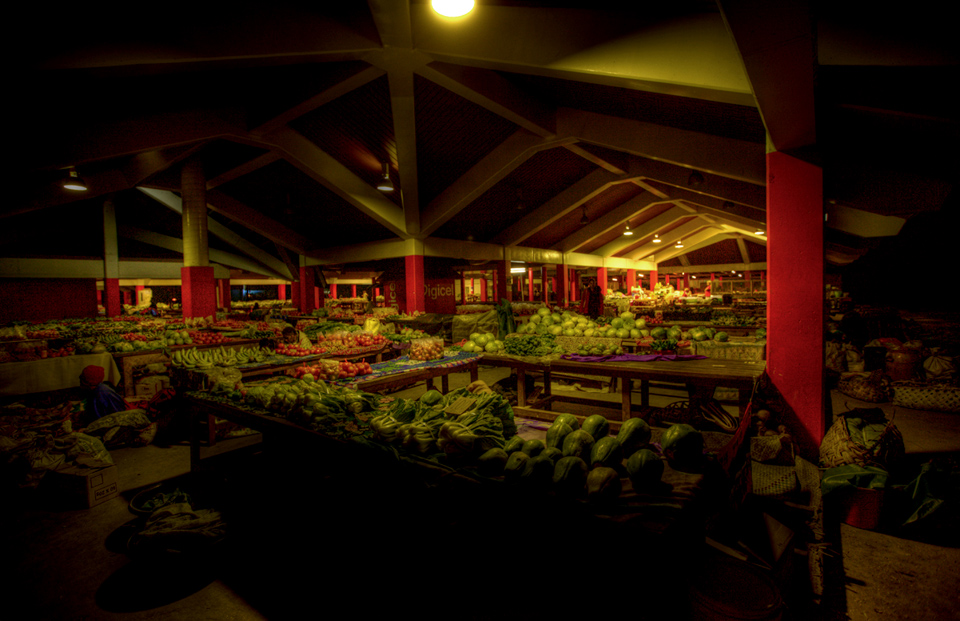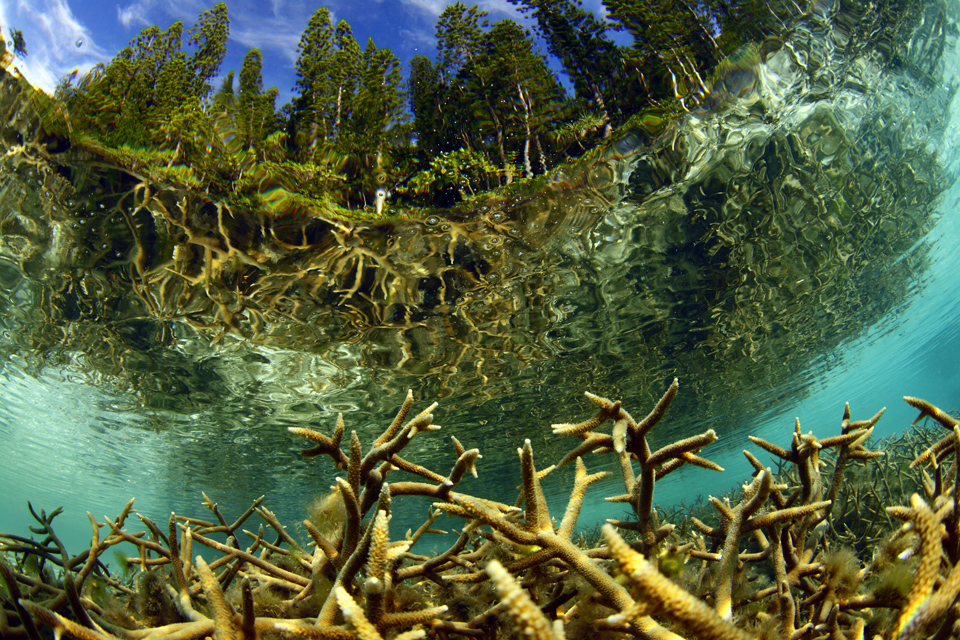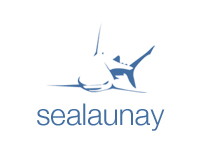Posts tagged touristic
Sep 09
Vanuatu
Port Vila, Efate island, Vanuatu 17º44’38″S 168º18’73″E
Port Vila local market at night, Vanuatu.
Port Vila is the capital and largest city of Vanuatu. Situated on the south coast of the island of Efate, in Shefa Province.Port Vila is the economic and commercial centre of Vanuatu .The population is around 38,000; predominately Melanesian, with small Polynesian, Asian, Australian and European populations, namely French and British.
Bislama is spoken by everyone as the day-to-day language. In addition, English and French are also widespread. Other Indigenous languages are also spoken in the city.
Jun 09
Oro Bay
New Caledonia 22º35’99″S 167º31’67″E
Water view of the beautiful natural swimming pool out of the coral limestone surrounded by Araucaria pines. Reached by sea on foot along a small narrow path and truly out of this world, Oro Bay boasts two superb beaches of incredibly fine white sand, crystal water. Eighty kilometres south-east of Noumea lies the enchanting Isle of Pines (14 km wide, 18 km long) a place where time seems to stand still in an idyllic setting of white beaches under swaying palms and soaring Araucaria pines.”Kunié “, as it is still called by the inhabitants, is as beautiful under water as it is on land and a favourite spot for divers.The Isle of Pines (French: Île des Pins; Kanak name: Kunyié) is an island located in the Pacific Ocean, in the archipelago of New Caledonia, an overseas territory of France. The island is part of the commune (municipality) of L’Île-des-Pins, in the South Province of New Caledonia. The Isle of Pines is often nicknamed l’île la plus proche du paradis (“the closest island to Paradise”).
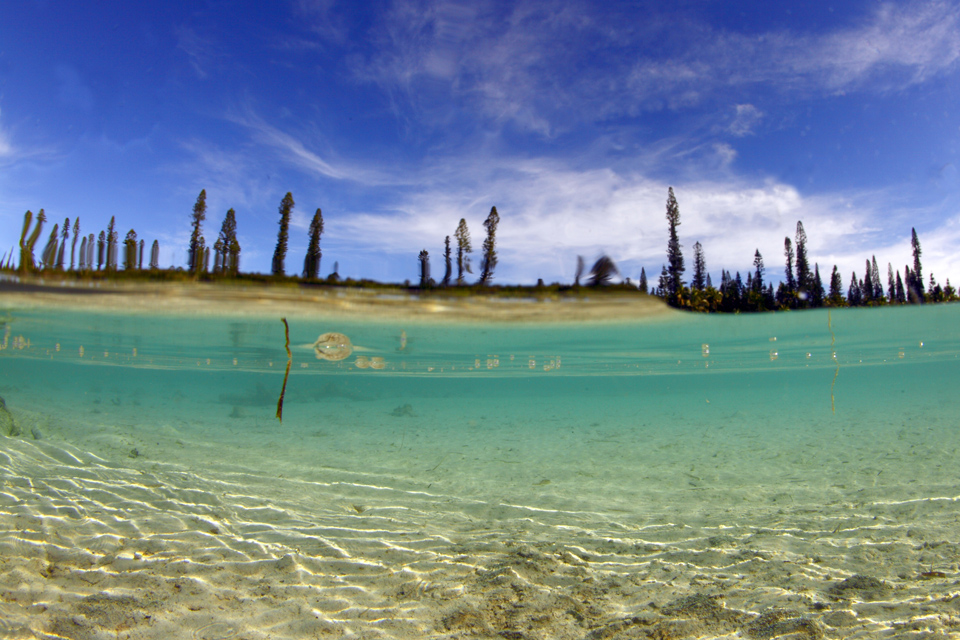
Oct 08
Bondi Icebergs Swimming Club
Bondi Beach, New South Wales, Australia 33º53’24″S 151º16’47″E
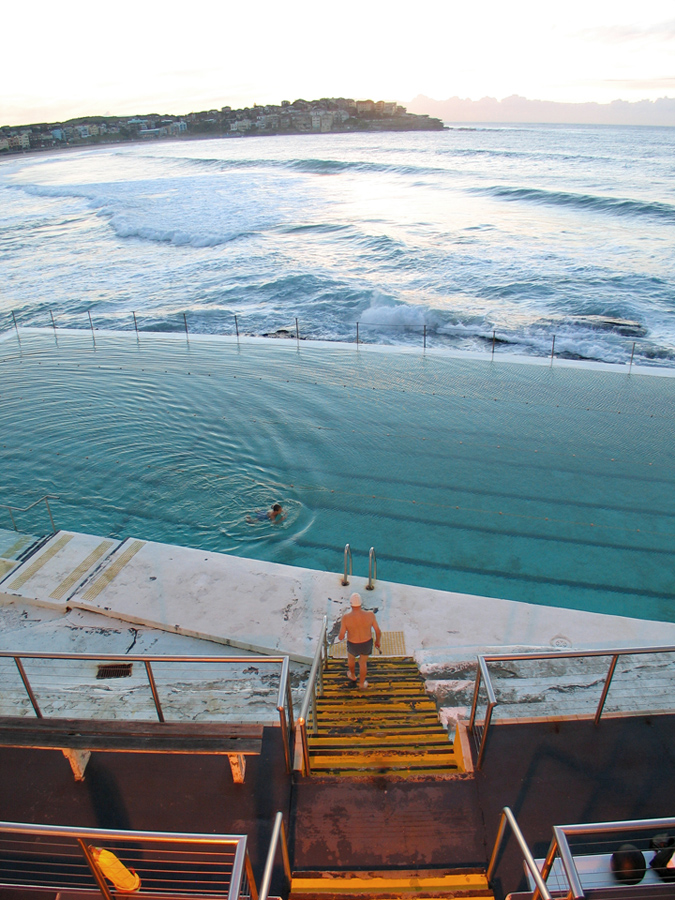 Photo assignment for Lexus magazine.
Photo assignment for Lexus magazine.
The Swimming Club’s origin dates back to 1929 and owes its origins to the desire of a band of dedicated local lifesavers who wished to maintain their fitness during the winter months. They formed the Bondi Icebergs Winter Swimming Club and drew up a constitution and elected office bearers. Included in the constitution was a rule that to maintain membership it was mandatory that swimmers compete on three Sundays out of four for a period of five years. The Icebergs became licensed in 1960 and the members moved from a tin shed into comfortable premises with Bar and Poker Machines. A further update took place in the 1970s enabling the Club to operate on two floors. In 1994, female members were admitted and in 2002 the Club opened their new premises. 
Mar 06

